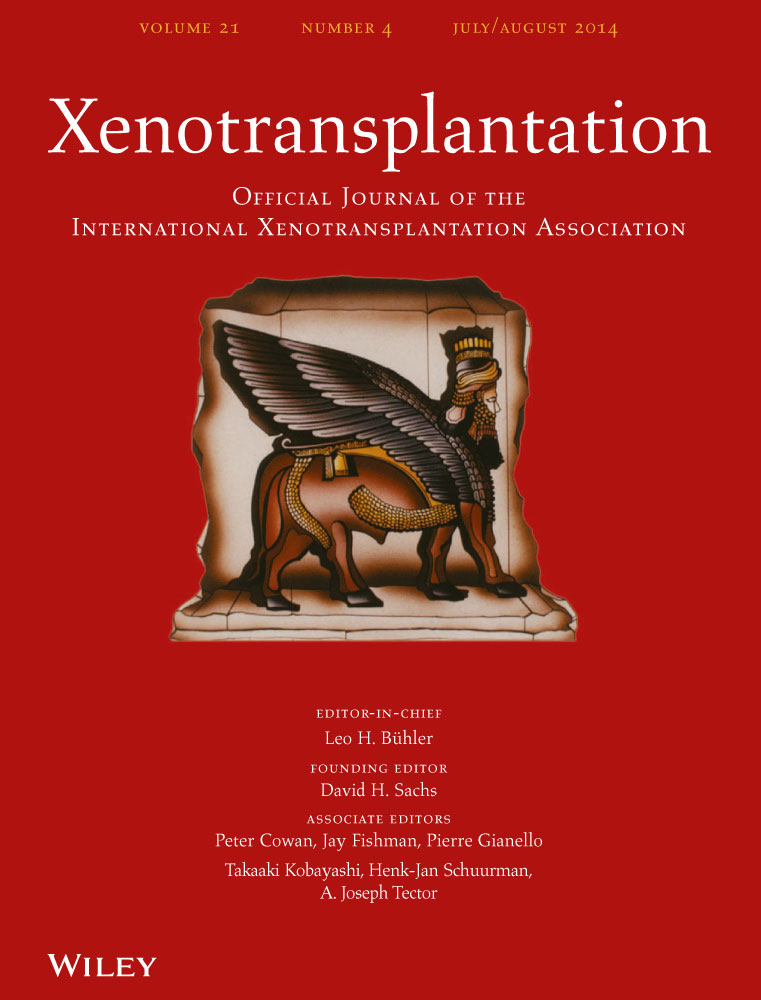Entry of human cytomegalovirus into porcine endothelial cells depends on both the cellular vascular origin and the viral strain
Abstract
Background
Primary infection and reactivation of human cytomegalovirus (HCMV) is associated with allograft rejection. Pig-to-human xenotransplantation is regarded as an alternative to circumvent donor organ shortage and inevitably, porcine endothelial cells (pEC) will be exposed to human pathogens, among them HCMV. Infection of pEC with HCMV induces apoptosis and entry is sufficient to induce phenotypic alterations, which have the potential to result in rejection and vasculopathy. We investigated the mechanisms used by HCMV to enter pEC from different anatomical origins and compared them with the entry mechanisms used to enter human endothelial cells (hEC).
Methods
Immortalized porcine aortic (PEDSV.15) and porcine microvascular bone marrow derived EC (2A2) as well as primary human aortic (HAEC) and microvascular EC (HMVEC) were inoculated with the endotheliotropic (TB40/E) or the fibroblast propagated (TB40/F) HCMV strains at multiplicity of infection (MOI) ranging from 0.3 to 5. EC were analyzed for receptor expression and their involvement in HCMV entry. The role of endocytosis was evaluated by treating EC with specific inhibitors, and the involvement of the endolysosomal pathway was investigated by confocal microscopy.
Results
Silencing of platelet-derived growth factor receptor alpha resulted in a reduced expression of viral immediate early (IE) antigen only in pEC infected with either TB40/E or TB40/F whereas silencing of β1 integrins reduced expression of IE proteins in all EC except for TB40/F-infected microvascular pEC. TB40/E enters hEC and pEC by a similar mechanism dependent on dynamin-2, lipid rafts, actin and pH, whereas entry of TB40/F in pEC occurs mainly by a dynamin-2-dependent, clathrin-, lipid rafts-independent mechanism and in a pH-dispensable manner. When actin polymerization was prevented, TB40/F could enter pEC in an actin-independent fashion. Disturbance of the microtubule cytoskeleton resulted in an inhibition of infection of TB40/E-infected EC, whereas infection of TB40/F-infected pEC was not modified. Finally, viral particles located in vesicles of the endolysosomal pathway, suggesting that HCMV uses this pathway for intracellular trafficking following entry.
Conclusions
Our findings demonstrate that HCMV uses a variety of entry mechanisms that are dependent on the strain and on the vascular origin of the cells. Given the profound effect of pEC infection with HCMV, prevention of such an infection will be crucial for clinical application of xenotransplantation. A potential avenue is to render porcine grafts resistant to HCMV infection by blocking viral entry and propagation.




